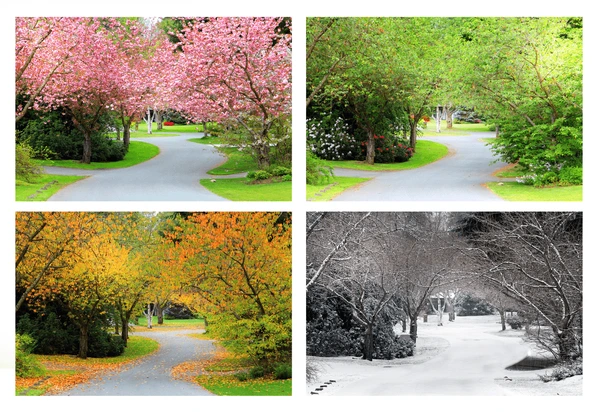In recent years, there has been a growing interest in intergenerational homes. Once a marginal concept, this type of housing now attracts more and more families, both in urban and rural areas. Driven by economic, social, and cultural motivations, this trend is gradually reshaping the real estate landscape in Quebec and across Canada.
An intergenerational home, also called a bi-generational house, is designed or modified to accommodate two or more generations under the same roof while maintaining a degree of independence for each household. Typically, these include parents and their adult children with families of their own, or grandparents living with their children and grandchildren. These homes usually feature two separate living units—each with its own kitchen, bathroom, entrance, and sometimes even a separate electrical meter.
This modernized form of family cohabitation is driven by several factors, the foremost being the rising cost of living. With the rapid increase in home prices, rent, food, and services, living together has become a financially advantageous solution. By sharing expenses such as mortgage payments, municipal taxes, insurance, heating, and maintenance, families can enjoy a better quality of life without blowing their budget.
The aging population is another driving force behind this trend. Many families want to keep aging parents close, providing daily support while avoiding the sometimes exorbitant costs of private retirement homes. An intergenerational home allows elderly individuals to maintain their autonomy and dignity while being supported by family. This proximity offers reassurance for everyone and strengthens family bonds.
On the other hand, many young adults—graduates or not—are choosing to stay with their parents longer due to economic hardship. An independent unit gives them their own space while still enjoying the support of family. This model provides a smoother transition from traditional family life to full independence.
The COVID-19 pandemic also played a significant role in the rise of intergenerational homes. The isolation of seniors, childcare challenges, and the shift to remote work all highlighted the importance of having a close support network. Many families reassessed their priorities and sought ways to reconnect, both physically and emotionally. The intergenerational model, already on the rise, found renewed relevance.
However, living together under one roof—even in separate units—requires adjustments. Intergenerational cohabitation demands communication, respect, and careful planning. Clear rules need to be established from the beginning regarding the use of shared spaces, expense distribution, privacy boundaries, and shared responsibilities. Open dialogue is essential to prevent conflicts and foster long-term harmony.
From a real estate perspective, the market for intergenerational homes is responding to this growing demand. More and more developers are including such designs in their residential projects. Some new constructions feature side or basement annexes fully equipped for a second family. For those wishing to adapt an existing home, conversion is often possible, provided municipal regulations are respected.
However, not all municipalities are equally open to this type of housing. In some cases, zoning laws restrict or prohibit intergenerational dwellings, especially if they are seen as non-compliant secondary units. It’s essential to check with your city to ensure that a home can legally be divided or modified for this purpose. Permits or zoning changes may be required.
It’s also important to distinguish intergenerational homes from standard duplexes or triplexes. In an intergenerational home, the additional units are generally not allowed to be rented to unrelated tenants. They are designed for family occupancy only. This distinction is crucial, as it can impact market value, taxes, mortgage options, and insurance.
Speaking of value, intergenerational homes tend to maintain or increase their value—especially in markets where demand for this type of housing is strong. However, they may take longer to sell if prospective buyers don’t plan to use the secondary unit. That’s why it’s important to plan such a purchase or conversion carefully, keeping in mind both current needs and potential resale.
From a social and human perspective, living in an intergenerational home can be incredibly rewarding. Children benefit from having their grandparents nearby, which fosters emotional bonds and transmits deep family values. Parents may rely on occasional or ongoing help, while seniors enjoy a richer social life and greater security. This intergenerational solidarity is often seen as a return to more human-centered values, countering the rise of individualism.
Some families also choose to use the second unit as a home office, professional studio, or short-term rental, as long as it complies with current regulations. This functional flexibility adds significant value. Intergenerational homes are not just about cohabitation—they’re also a strategic choice for various modern lifestyles.
In some cultures, multi-generational living has long been the norm. This model is now gaining traction in Western societies, where changing mindsets and economic challenges are encouraging a rethinking of residential arrangements. This shift in paradigm is welcomed by urban planners looking to increase neighborhood density intelligently, promoting inclusive housing and strong communities.
In conclusion, intergenerational homes offer a practical response to many of today’s challenges: the cost of living, population aging, social isolation, and the need for residential flexibility. While they do require some adaptation, they represent a sustainable, humane, and economically viable option. For many families, they are the perfect compromise between autonomy, mutual support, and quality of life.

